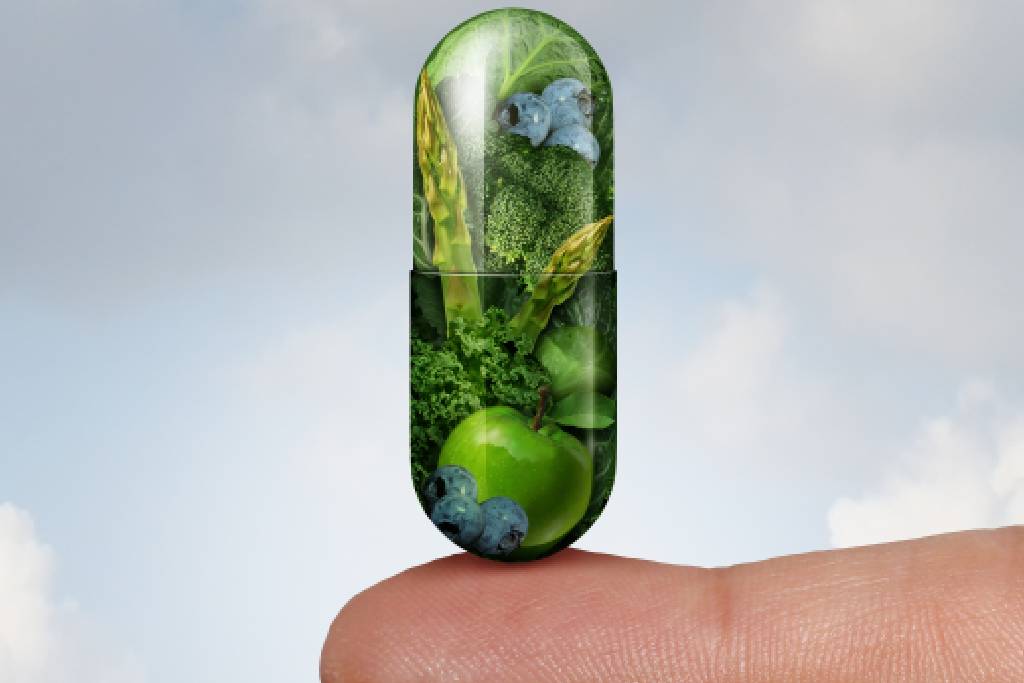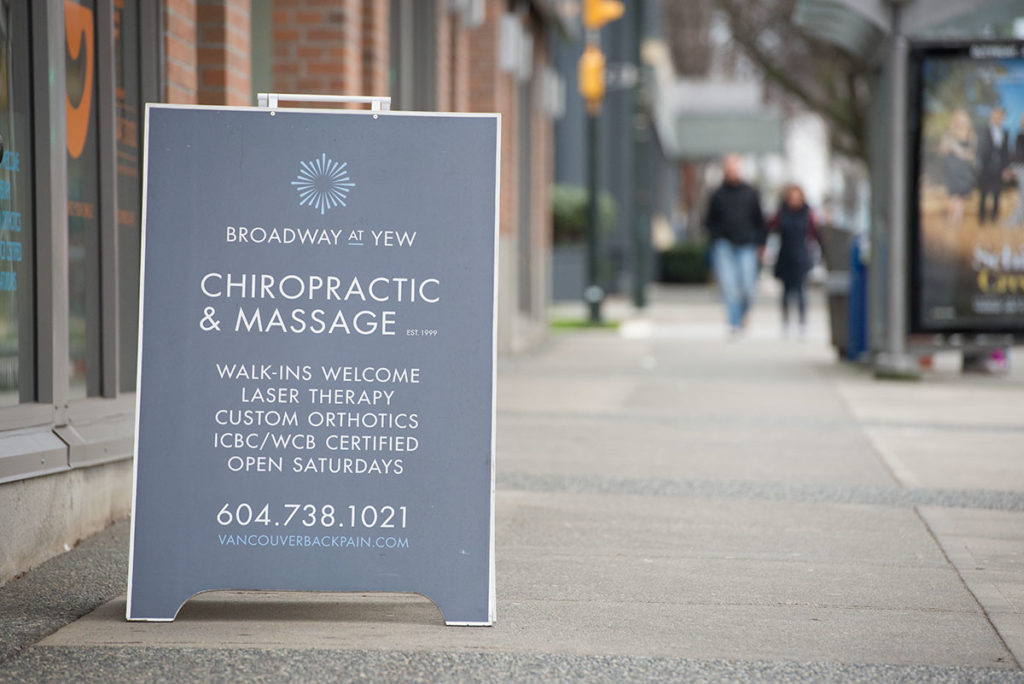What is Prolotherapy and neural Prolotherapy?
Prolotherapy is a specialized treatment targeted at correcting the root cause of chronic neuromusculoskeletal pain. Prolo, short for proliferative therapy, will help the body regenerate injured tissues by creating a highly targeted stimulus to engage the body’s natural repair mechanisms.
Neural prolotherapy is one the most progressive advancements in the treatment of neurogenic pain and regenerative medicine. It acts by decreasing neurogenic inflammation along the nerve pathways, subsequently restoring normal flow of nutrients and growth factors to the nerves. This process promotes the repair of nerves and resultant decrease in pain.
When tissues become injured, there is stretching or tearing of muscle, tendon, ligament or other connective tissue. There is also commonly stretching and irritation of nerves through the layers of fascial tension. The extent of injury and pain depends on the degree of tissue tearing and the amount of nerve irritation. With damage to these types of tissue, joint movement can become abnormal or unstable, causing compensatory movement patterns and altered muscle activation/spasm leading to chronic pain or dysfunction. It is often the instability of joints that promote excessive muscle tension in an attempt to stabilize, leading to reduced range of motion and pain with movement. Tension in the connective tissue can essentially cause strangulation of nerves, reducing the flow of nutrients and information along the neuronal pathways. This can lead to pain referral patterns and sensations of burning, numbness or tingling that extend far from the original site of injury. Massage and other superficial soft tissue techniques can access the surface of a muscle, tendon, ligament or joint, but cannot reach the deep, internal areas of tissue injury. Most soft tissue techniques are also designed to loosen muscles or break up scar tissue, but cannot typically promote the regeneration of torn ligaments and tendons. If the underlying problem is due to joint instability causing a protective muscle tension/spasm, loosening the surrounding musculature may only provide temporary relief and can sometimes leave a joint vulnerable to subsequent injury.
Prolotherapy uses a thin needle to inject a solution, typically, of local anesthetic and dextrose directly into the source of the injured tissues. Other solutions such as sodium morrhuate, vitamins B or C, and sterile water may be used depending on the injured tissue. This stimulates a very localized, controlled inflammatory response, initiating the healing process and regeneration of damaged tissue. Neural Prolotherapy is a similar injection technique targeted at addressing the superficial nerve pathology associated with soft tissue injury. Prolotherapy and neural prolotherapy work in conjunction to reduce pain and inflammation in the nerve pathways, while directing productive, healing inflammation to where it is needed – the damaged soft tissue. These techniques are most effective when combined with other neuromusculoskeletal treatments to restore normal joint mobility, retrain proper muscle activation and movement patterns, such as Chiropractic, Physiotherapy, Acupuncture, and Massage therapy.

Modern prolotherapy was developed in the 1800s!
What is the history of Prolotherapy?
Prolotherapy, although considered a novel treatment technique, similar therapies have been documented dating as far back as the ancient Egyptians. Modern prolotherapy was developed in the 1800s with initial use in treating hernias. It was later used to treat joint hypermobility in the 1930s – initially called “sclerotherapy.” By the 1950s, it was shown that injection into the ligament and tendon attachments stimulated proliferation of new tissue and the name of the technique was changed to “proliferative therapy,” which was subsequently shortened to prolotherapy.
There is much published research advancing the understanding of the mechanisms involved in prolotherapy as well as the use of different injection solutions and types of injuries that can be treated. Sodium morrhuate, for example, has been shown to stimulate regeneration of collagen at the site of injection. Prolotherapy is becoming increasingly recognized as an effective solution for chronic neuromusculoskeletal injuries and is now used world wide to treat a number of various injuries. Innovative techniques or variations of prolotherapy, such as neural prolotherapy, are at the forefront of regenerative orthopedic medicine with increasing support of their use and efficacy.
Scar tissue formation following tendon or ligament damage
Following soft tissue injury of a muscle, tendon, or ligament from a traumatic event or chronic overuse, there is an acute inflammatory response of the body to initiate the healing process. Fibroblasts are the cells which migrate into the area and produce granulation tissue – preliminary, immature components of soft tissue such as collagen, elastin, and fibronectin. Inflammation drives angiogenesis, or the formation of new blood vessels, results in increased blood flow and supply of nutrients to the injured tissue. Blood vessel formation is also linked with neurogenesis, nerve growth, which increases body awareness of the injured tissue to prevent further injury. The preliminary, immature granulation tissue must then undergo sub acute remodelling and matures over time into stronger networks with increased integrity. In a healthy remodelling phase, extra blood vessels and corresponding nerves are dissolved by apoptosis and granulation tissue matures into appropriate muscle, tendon or ligament fibers. If range of motion and proper function is not restored before the maturation of granulation tissue, inadequate healing occurs, leaving behind scar tissue and reduced integrity of the tendon or ligament and subsequent neurogenic inflammation. Likewise, in overuse injuries, chronic low grade inflammation impairs an adequate healing response and scar tissue formation. By creating a targeted inflammatory healing response with prolotherapy, an sufficient stimulus is created to repair the injured tissue.

Helps with scar tissue!

Prolotherapy treatment clinic Vancouver
Why is scar tissue a problem?
Without adequate treatment during the healing process: acute inflammatory or the sub acute remodelling phases of tissue injury, angiogenesis and neurogenesis fails to be reversed, which leads to chronic inflammation and pain. Scar tissue is formed leading to dysfunction of the joints and surrounding structures. Inadequate healing and scar tissue formation lead to reduced range of motion, reduced muscle strength and tissue integrity. This leave a joint vulnerable to subsequent injury and can lead to neurogenic inflammation and chronic pain.
Prolotherapy can break the cycle of neurogenic inflammation and stimulate the regeneration of appropriate soft tissue structures by putting the body back into the “healing” phase and providing an appropriate stimulus for regeneration and repair.
What is the procedure of prolotherapy / neural prolotherapy and how is it used?
Each joint, along with the muscles that move the joint and the skin overlying the joint are all supplied by the same nerve pathways. When there is injury to a joint or the surrounding soft tissue (ligaments, tendons, fascia), the nerves supplying these tissues are also injured. By treating the superficial nerve pathology through neural prolotherapy, this can not only reduce the nerve pain associated with injury, but can also affect the deeper, underlying anatomical structures. This is then coupled with prolotherapy to address the damaged, unstable tissues to correct the source of the problem.
Prolotherapy and neural prolotherapy are performed by physicians (medical doctors or naturopathic doctors) who have received additional training and certification in these techniques. The physician will perform a physical assessment of the painful area and the surrounding structures to determine the source of the pain generating tissues and other dysfunctional structures. If there is significant superficial nerve pathology, an initial treatment of neural prolotherapy may be required/recommended. Once the causative agents are established, a series of injection treatments are used to stimulate the body’s natural repair mechanisms and help regenerate healthy tissue.
What conditions does Prolotherapy and neural Prolotherapy treat
Prolotherapy was initially used in the treatment of hernias. It has since been used to treat many different neuromusculoskeletal injuries such as:
- All types of tendinopathies such as rotator cuff injuries, golfer’s/tennis elbow, achilles tendinopathy and more
- Ligament sprains
- Back pain
- Neck pain
- Sacroiliac instability
- Plantar fasciitis
- Joint laxity or instability
- Ankle pain
- Knee pain
- Other joint pain
- Arthritis
What conditions does Prolotherapy NOT treat?
Because prolotherapy is intended to stimulate the body’s natural healing response, its usefulness is in more sub acute and chronic injuries. It is not intended to treat acute traumatic injuries such as
- Acute sprains / strains
That being said, however, neural prolotherapy may be indicated in the treatment of neurogenic inflammation associated with acute soft tissue injury.
What kind of results can I expect from Prolotherapy and neural Prolotherapy?
The results of prolotherapy depend not only on the location and injection of indicated structures, but also on the patient’s vitality and ability of their body to heal. Since this technique is a way of stimulating the innate healing response of the body, results will vary from person to person based on many factors including but not limited to stress, diet, underlying inflammation, smoking, alcohol consumption, and fitness level. Recovery is also dependent on the extent of the injury or damaged tissue as well as the duration of injury. Although prolotherapy is not typically intended to treat acute traumatic injuries, injuries that are more recent are more likely to recover than injuries that are many years old.
If pain is caused by damaged soft tissue, then prolotherapy, combined with good vitality of the patient, will likely completely resolve the issue! Many patients experience complete resolution of symptoms. Depending on factors involved, most patients experience significant improvement in range of motion, strength and stability of the injured area, and decreased pain.
How many treatments will I need?
Depending on the extent of the injury and the structures involved, treatment can typically require between three to ten sessions spaced approximately a month apart. The number of treatments required may be reduced if patients are also including additional therapies such as chiropractic, physiotherapy, acupuncture, and massage and/or are partaking in in regular exercise targeted at improving the mobility of the joint along with the stability of the surrounding structures.
Who can perform Prolotherapy and neural Prolotherapy?
Prolotherapy is performed by physicians (either medical doctors or naturopathic doctors) with additional training and certification in these techniques. To become certified, physicians must attend multiple intensive academic and practical courses to ensure proficiency in the technique. These physicians must maintain up to date education and training through continuing education courses on an annual basis.

